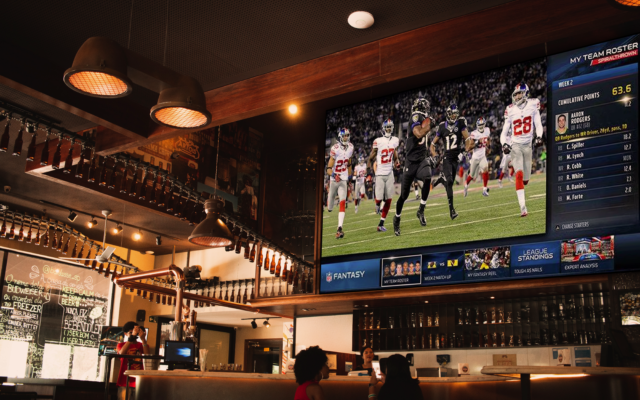Integrating digital signage into your space can be a powerful communication tool, captivating your audience and enhancing the overall ambiance. However, the journey from choosing the right digital signage mounts to achieving a flawless installation has its fair share of challenges. To ensure the seamless integration of your new digital signage displays, it’s crucial to navigate around common pitfalls that might arise during the installation process. In this article, we’ll explore seven common mistakes that individuals and businesses often encounter when installing digital signage mounts. By recognizing and avoiding these missteps, you’ll be well on your way to creating stunning and secure visual displays that leave a lasting impact on customers and visitors.

1. Neglecting Proper Measurements
One of the biggest mistakes people make when choosing a digital signage bracket or mount is not taking accurate measurements. Accurately measuring both your display, as well as your mounting location, is essential in selecting the correct bracket for your job. Additionally, be sure to compare the size and weight of your screen with the specifications of your mount; this ensures compatibility and prevents instability or damage to both your display and your mounting space.
2. Ignoring Wall Structure
Failing to account for the structural integrity of your wall or ceiling can result in a weak installation and an insecure mount. Mounting heavy digital displays on weak walls can cause them to sag, tilt, or even fall in the worst case scenario. Not only can this lead to structural damage at your site, but in the cases of restaurants and other public businesses, it could lead to temporary closure. By having a professional inspect and perform your installation, you can ensure safety and security for years to come.

3. Misjudging Viewing Angles
Mounting your displays at the wrong height or angle can be detrimental to any installation, completely changing the experience of your viewers. The wrong height or angle can result in poor visibility, or cause viewers discomfort when viewing your displays, greatly reducing their effectiveness. While many signage brackets can tilt, it is important to closely consider the average eye level of your audience, and the layout of your space, to achieve optimal viewing angles for your installation. Considering these important factors prior to installation will help avoid the time and money it will cost to reinstall your brackets.
4. Forgetting Cable Management
Messy cables not only look unprofessional, but can also be hazardous and affect the overall aesthetic of your digital signage installation. While your cable management solutions will vary depending on your bracket type and your space itself, planning ahead ensures organized, safe, and aesthetically pleasing installation. If you are using wall brackets for digital signage, then this may include adding electrical outlets behind your digital signage mounts prior to installation. Many ceiling brackets for digital signage also have cable management built into their mounting poles as well; please consult with your installer if you have any questions regarding power and cable management.
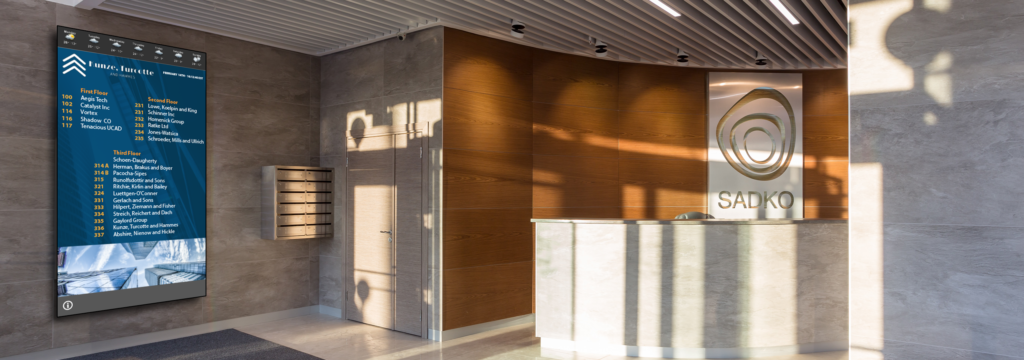
5. Skipping the Studs
It may be tempting to rely solely on drywall anchors to achieve perfect aesthetic placement, however this is a recipe for disaster. Mounting directly into studs provides a sturdy foundation which can ensure your displays are secure. Locating and utilizing studs is especially important when installing heavy displays such as large screens, digital video walls, or multi-display digital signage brackets.
6. Neglecting VESA Compatibility
VESA (Video Electronics Standards Association) standards dictate the pattern of the mounting holes on the back of your digital displays. While many displays and manufacturers utilize common VESA mounting patterns, some screens may deviate from conventional VESA mounting holes. In order to ensure you order the correct bracket for your displays, it is important to check the VESA compatibility of your mount and screens. If your screen uses less common VESA mounting patterns, then please contact our experts to ensure you receive the correct mounting arms for your screen.

7. Underestimating Future Adjustments
While some digital display bracket installations are more permanent, others require the flexibility for future adjustments. Avoid mounting your displays in a way that restricts your ability to make adjustments when needed. For example, if you may need an extra screen for your digital menu boards in the future, then take that into account when choosing a mounting bracket style; if your wall can only accommodate three screens and you may need four, consider opting for ceiling mounts instead. Looking forward and futureproofing your installation will ensure your digital signage always remains effective.
In Conclusion
Remember, meticulous planning, accurate measurements, proper compatibility checks, and attention to structural details are your allies. By avoiding these seven common mistakes, you’re not only safeguarding your investment but also optimizing the impact of your digital signage displays. With a secure and well-executed installation, your visual communication will shine brightly, engaging your audience and conveying your message effectively.
Related Posts

The Benefits of Digital Signage for Small Businesses
In the competitive world of small business, standing out and effectively engaging with customers is crucial for success. Traditional marketing methods, while still valuable, are often insufficient to meet the
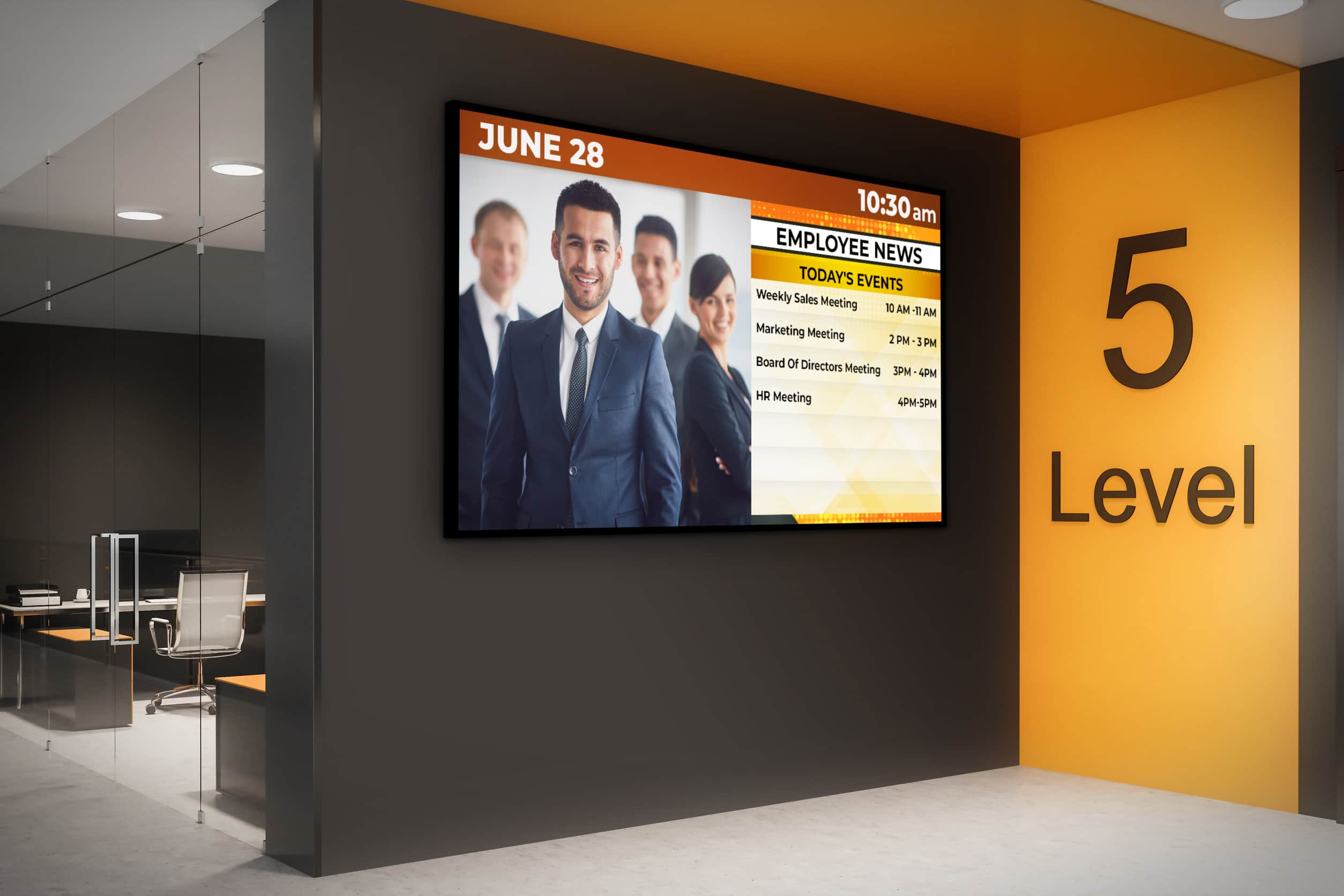
Using Digital Signage for Internal Employee Communication
It is common knowledge that effective internal communication is crucial for any organization’s success. As businesses grow and evolve, the need for streamlined and impactful communication methods becomes more apparent.
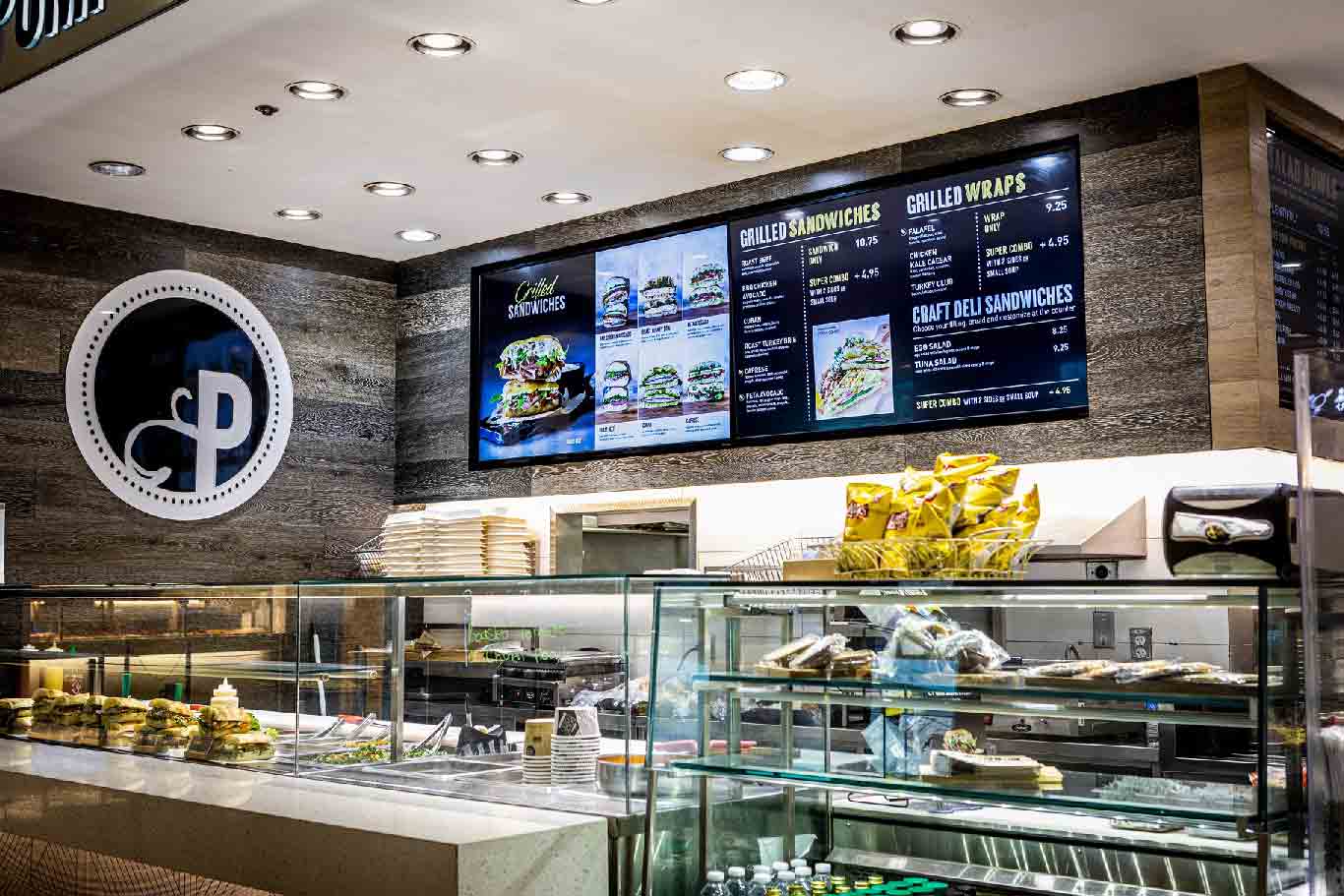
How is Digital Signage Installed?
From retail stores and corporate offices to transportation hubs and educational institutions, digital signage installations are becoming more and more popular across various industries. This article explores the process of
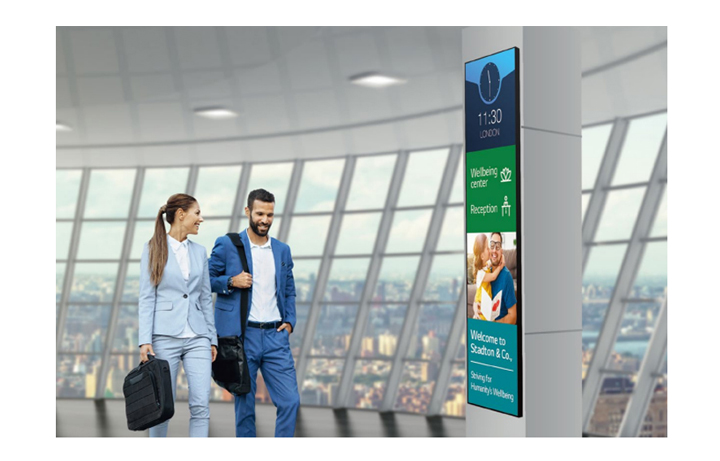
What is a Digital Signage Content Strategy?
Crafting a successful digital signage content strategy is about harmonizing visuals, messages, and timing to resonate with your audience and leave a lasting impression. In this article, we delve into

